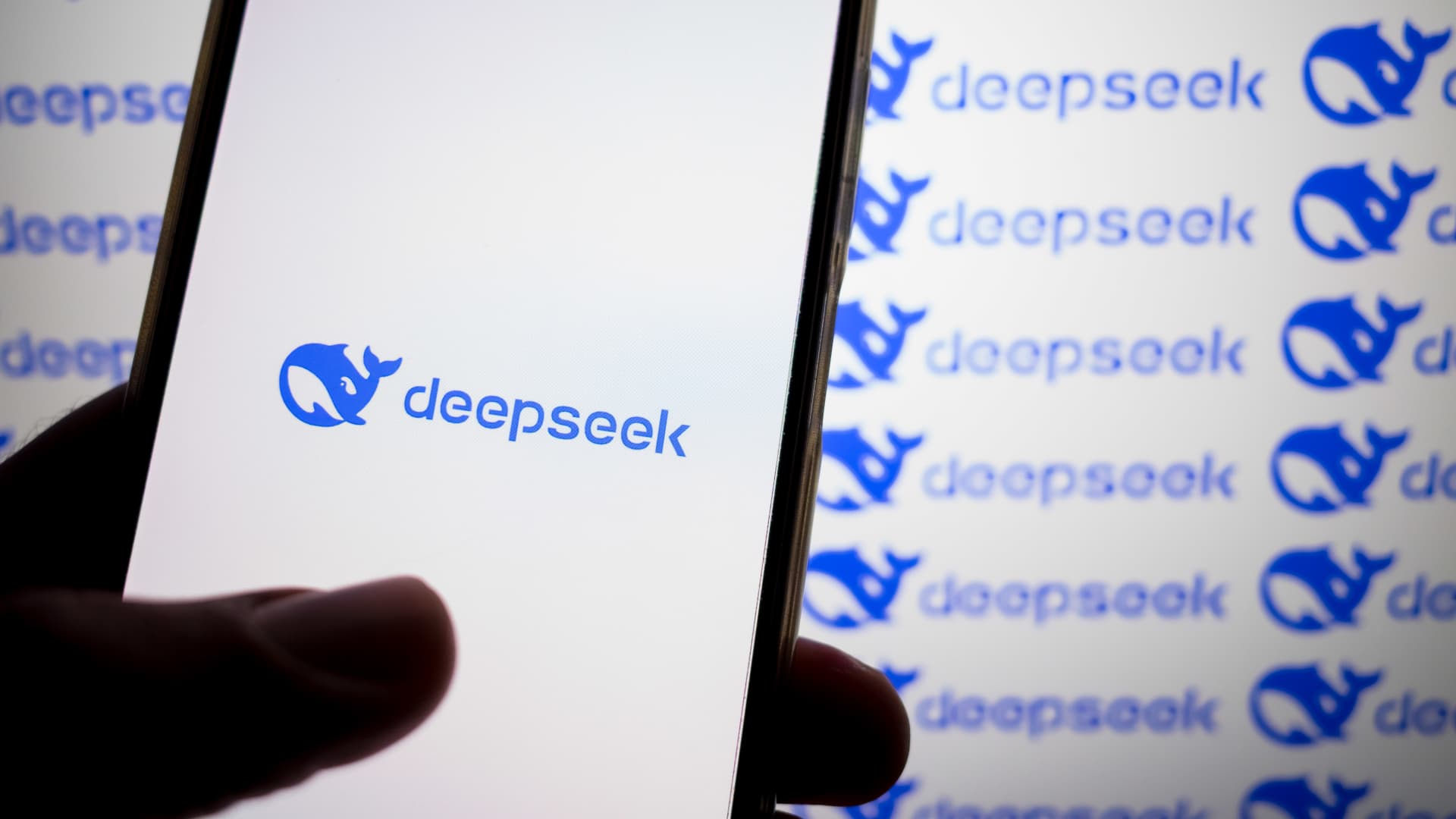China’s DeepSeek: A New Era in AI

In recent developments, China has positioned itself as a formidable player in the realm of artificial intelligence (AI) foundation models. The launch of DeepSeek marks a significant milestone in this journey. This new AI model is not only cost-effective but also showcases China’s ambition to become the leading developer of large language models (LLMs) globally. As the world watches, the implications of this technological advancement raise questions about how other nations, particularly India, will respond to this shift in the AI landscape.
China’s Rise in AI Development
DeepSeek has emerged as a game-changer in the AI sector. It signifies China’s transition from being known primarily as the “factory of the world” to becoming a powerhouse in AI technology. The model has garnered attention for its ability to develop advanced AI solutions at a fraction of the cost compared to Western counterparts. This shift is not just about technology; it reflects a broader strategy to dominate the AI space.
Former U.S. President Donald Trump highlighted the importance of this development, stating that DeepSeek should serve as a wake-up call for American industries. He emphasized the need for a focused approach to compete effectively in the global market. Additionally, Sam Altman, the CEO of OpenAI, praised DeepSeek’s R1 model, describing it as impressive and invigorating to have a new competitor in the field. This acknowledgment from industry leaders underscores the significance of DeepSeek’s entry into the AI arena.
India’s Response to Technological Advancements
As China makes strides in AI, India finds itself at a crossroads. The country is divided into two factions regarding its approach to AI development. One group advocates for building indigenous LLMs from the ground up, while the other prefers developing smaller language models tailored for specific applications. This debate reflects the diverse perspectives within India’s tech community.
One notable player in this landscape is Sarvam AI, a homegrown startup that has developed a platform trained on 2 billion parameters, focusing on Indian languages. In contrast, DeepSeek’s R1 model boasts an impressive 671 billion parameters without a specific use case. This disparity raises questions about India’s strategy in the face of rapid advancements from competitors like China.
Viral Shah, a prominent figure in the AI community, emphasizes that India possesses the necessary capital, talent, and competence to excel in AI. He points out that major global venture capital firms have established offices in India, and a significant portion of Nvidia and Intel chips are designed in the country. However, Shah warns that achieving success will require a collective effort to improve the ease of doing business, enhance higher education, and increase research and development spending in deep tech.
The Need for Investment in Core Research
Experts agree that India must invest more in core research to compete effectively in the global AI race. Arun Chandrasekaran, a distinguished VP analyst at Gartner, stresses the importance of building capable models through increased funding for infrastructure, data centers, and research at universities. He believes that bringing together the brightest minds and equipping them with the right resources could be the key to India’s success in AI.
Chandrasekaran’s insights highlight the urgency of addressing the gaps in India’s AI ecosystem. The country must prioritize investments in energy-efficient technologies, advanced computing, and chip design. By fostering a robust research environment, India can cultivate innovation and develop competitive AI solutions that can stand up to global players like DeepSeek.
The Role of Private Sector and Collaboration
The private sector plays a crucial role in India’s AI journey. Anand Dubey, CEO of Indkal Technologies, notes that Chinese private companies have historically focused on commoditizing hardware, which has fueled their rapid advancements in AI. For India to catch up, private enterprises must invest in AI technologies and collaborate with academic institutions to drive innovation.
Moreover, Indian entrepreneurs and venture capitalists must be willing to explore new ideas and invest in diverse projects. As Shah aptly puts it, “Frugality cannot be an excuse to miss out on being the best in the world.” By fostering a culture of innovation and collaboration, India can carve out its niche in the global AI landscape.
Observer Voice is the one stop site for National, International news, Sports, Editor’s Choice, Art/culture contents, Quotes and much more. We also cover historical contents. Historical contents includes World History, Indian History, and what happened today. The website also covers Entertainment across the India and World.

